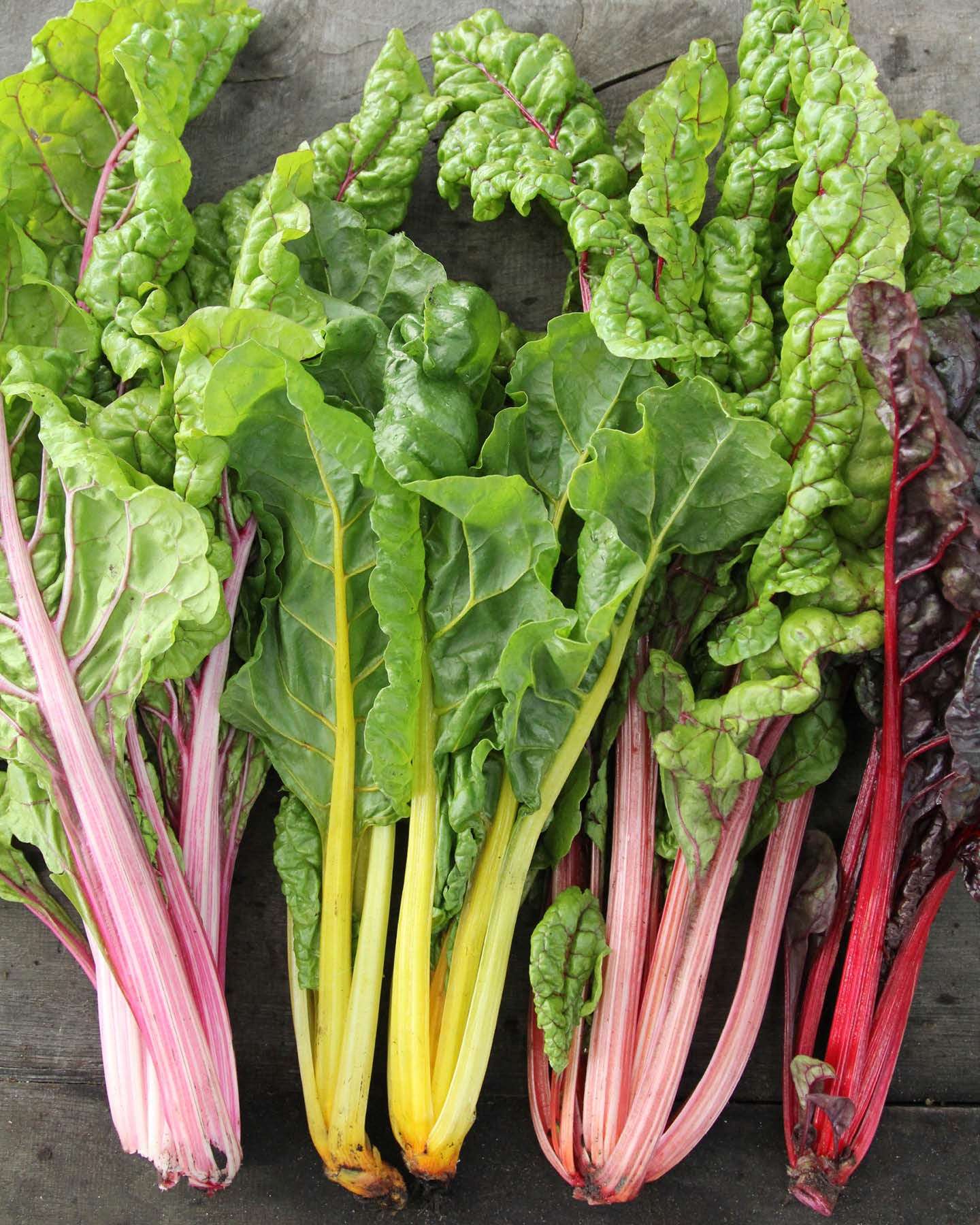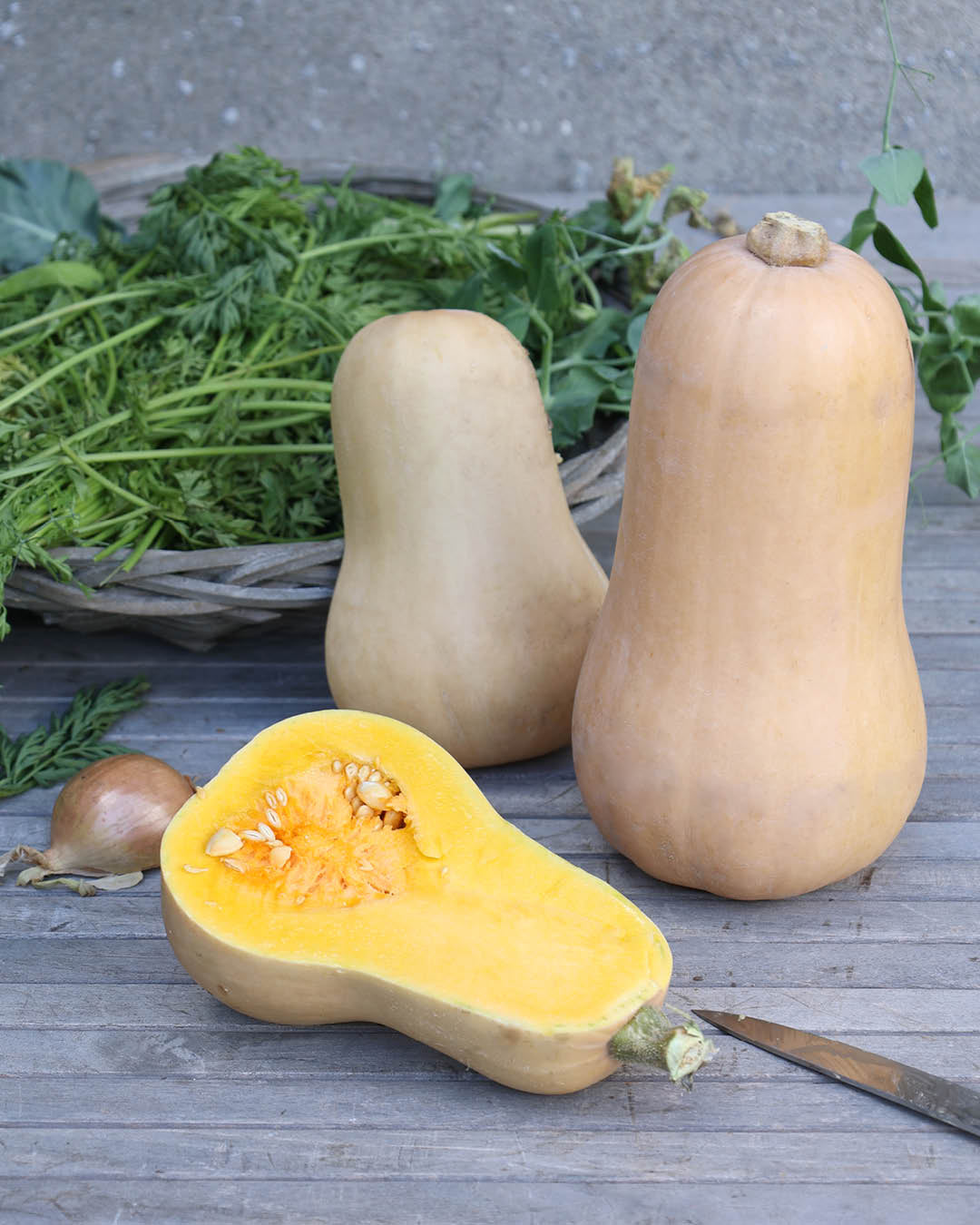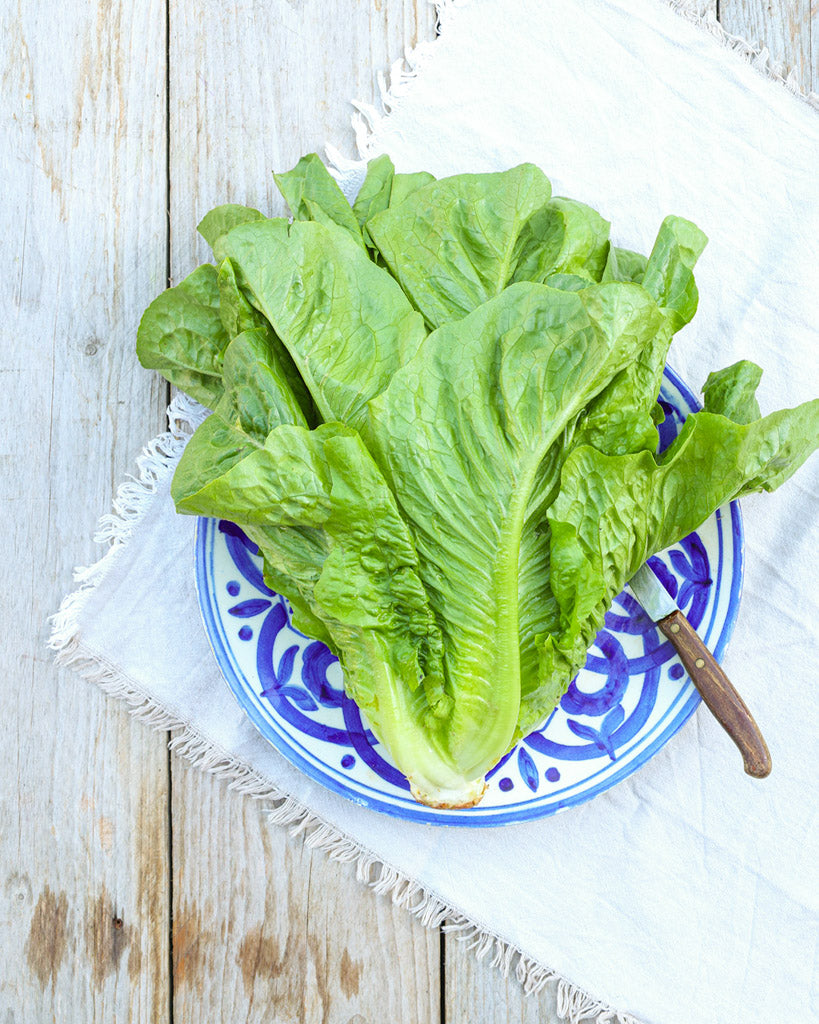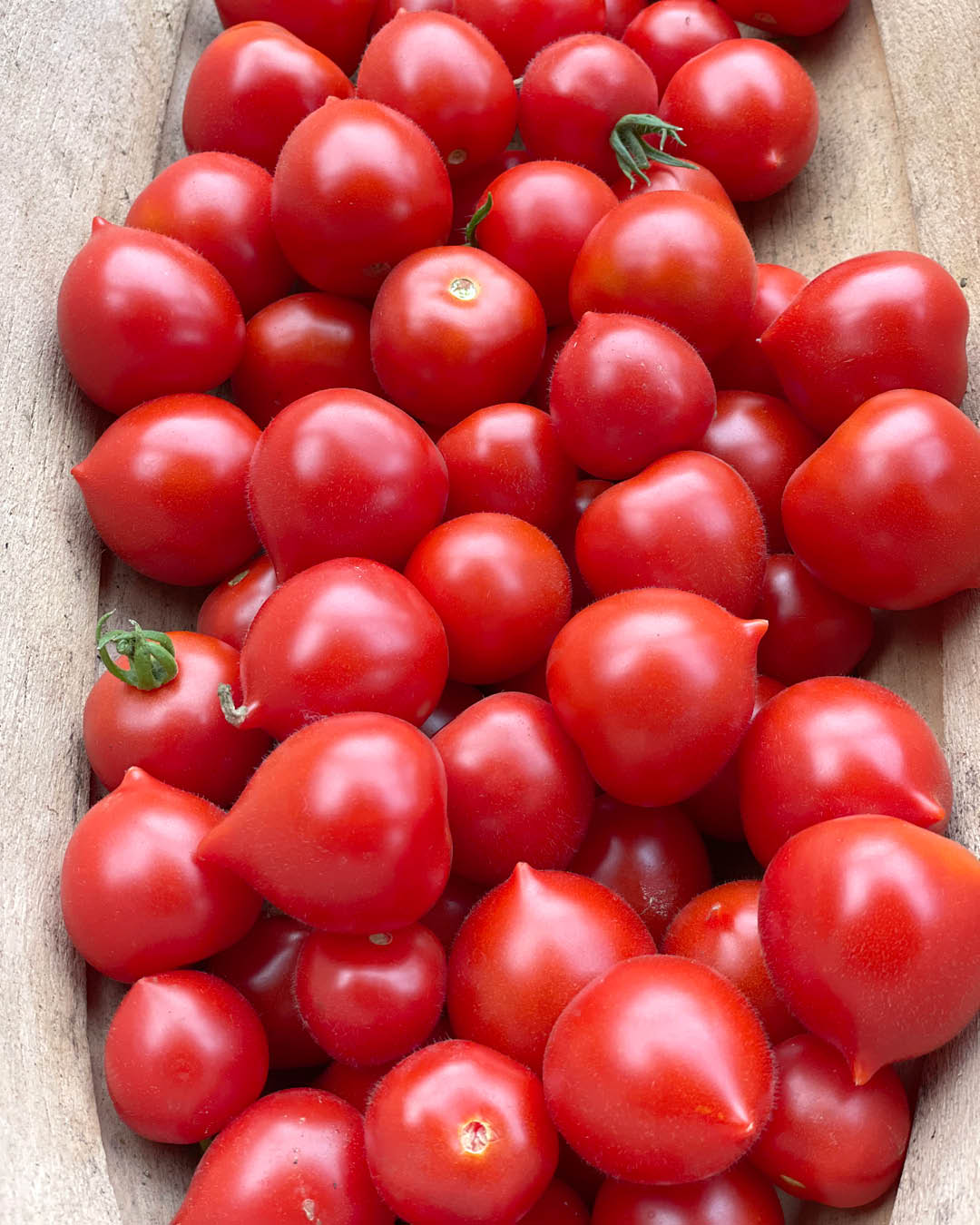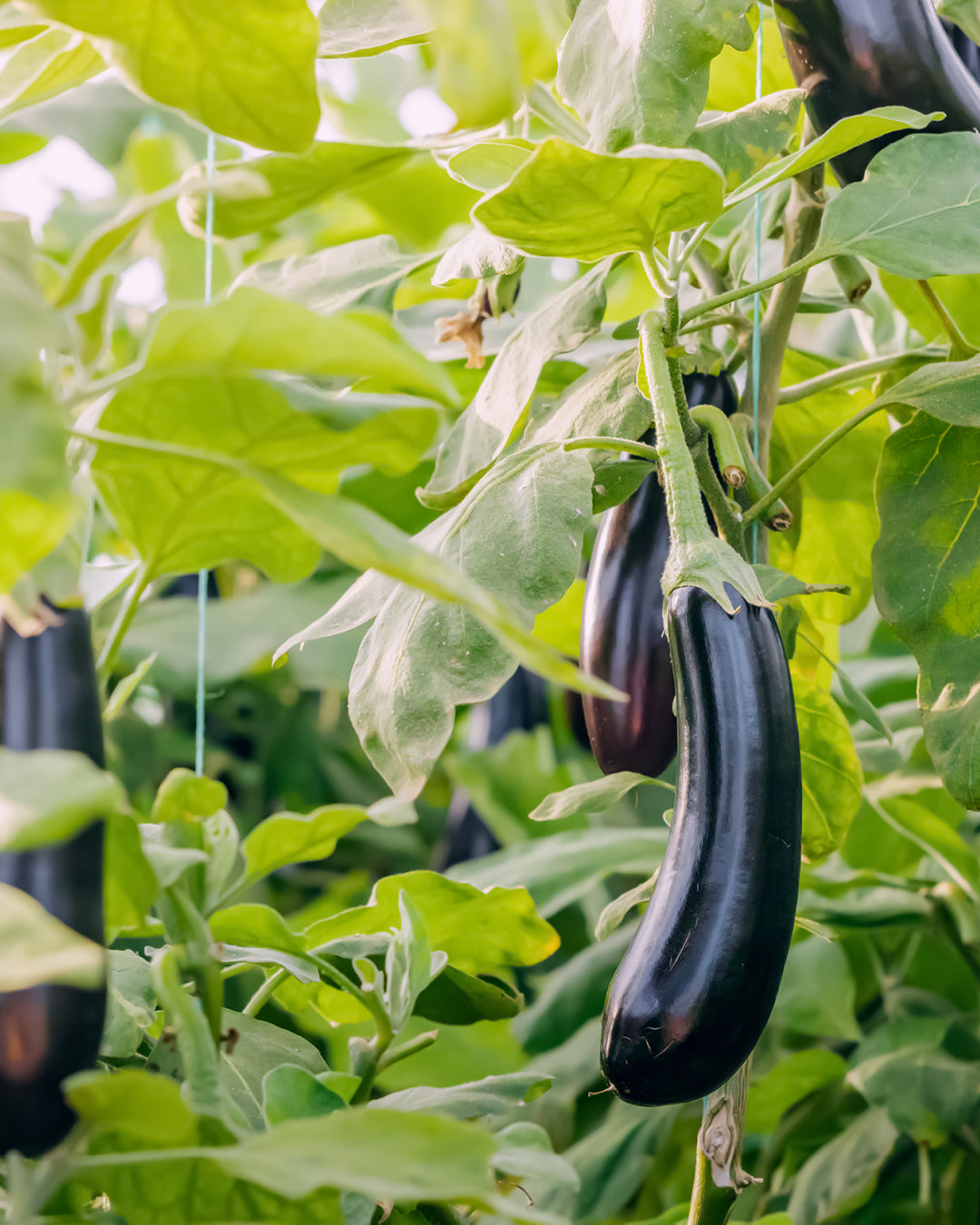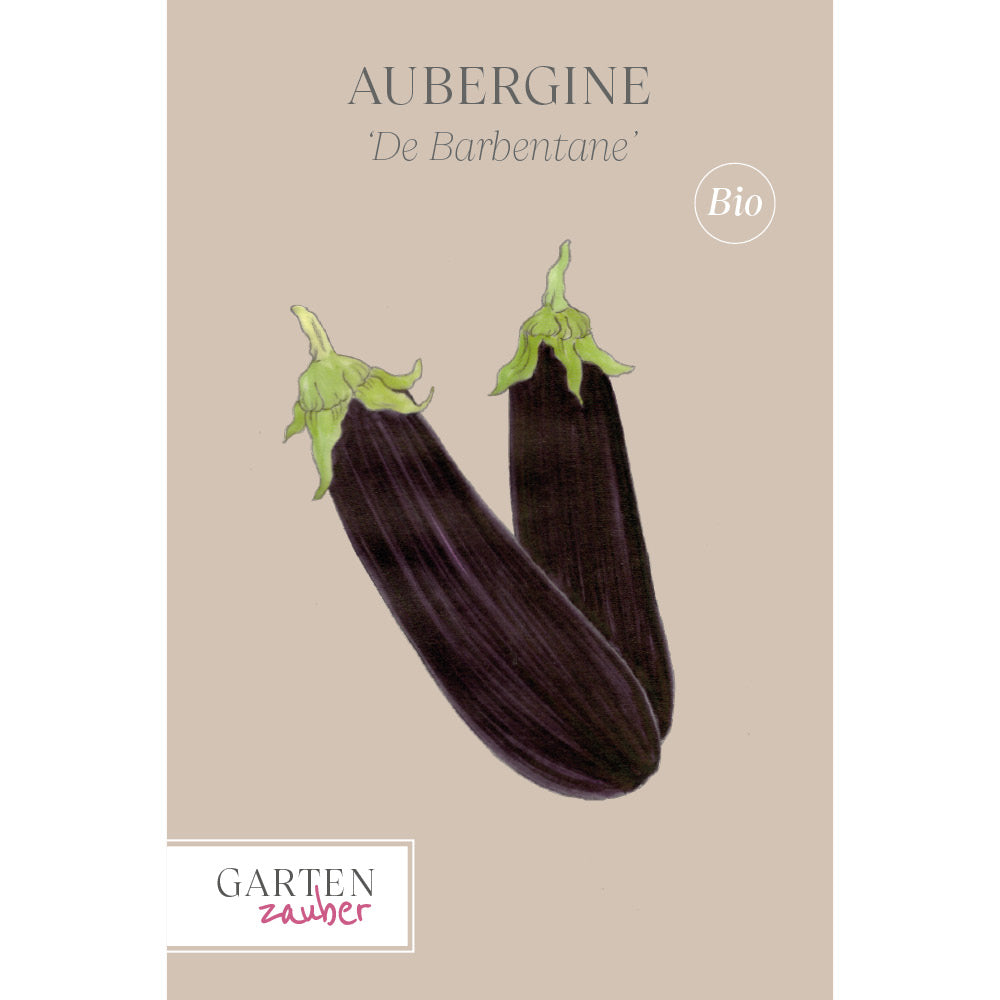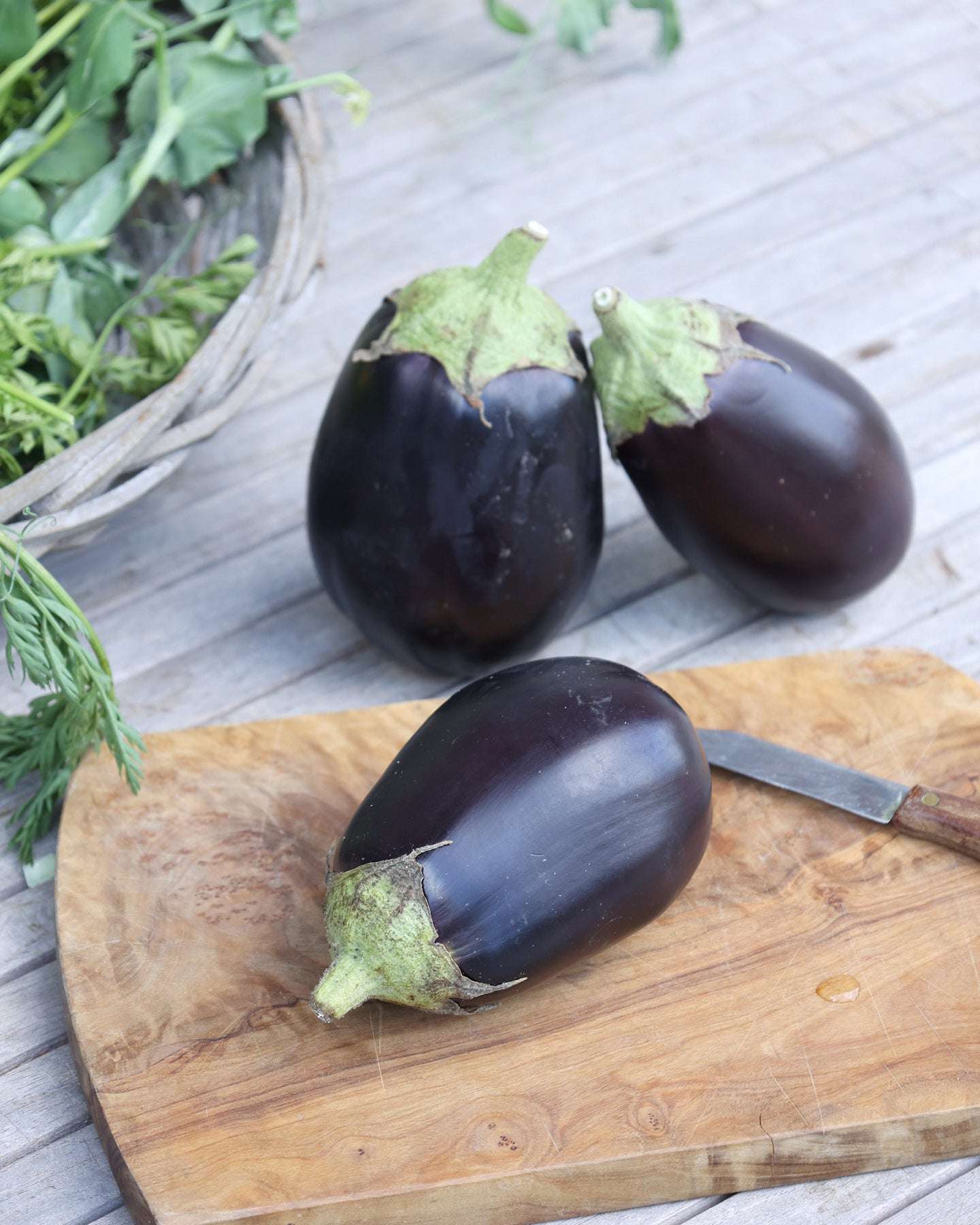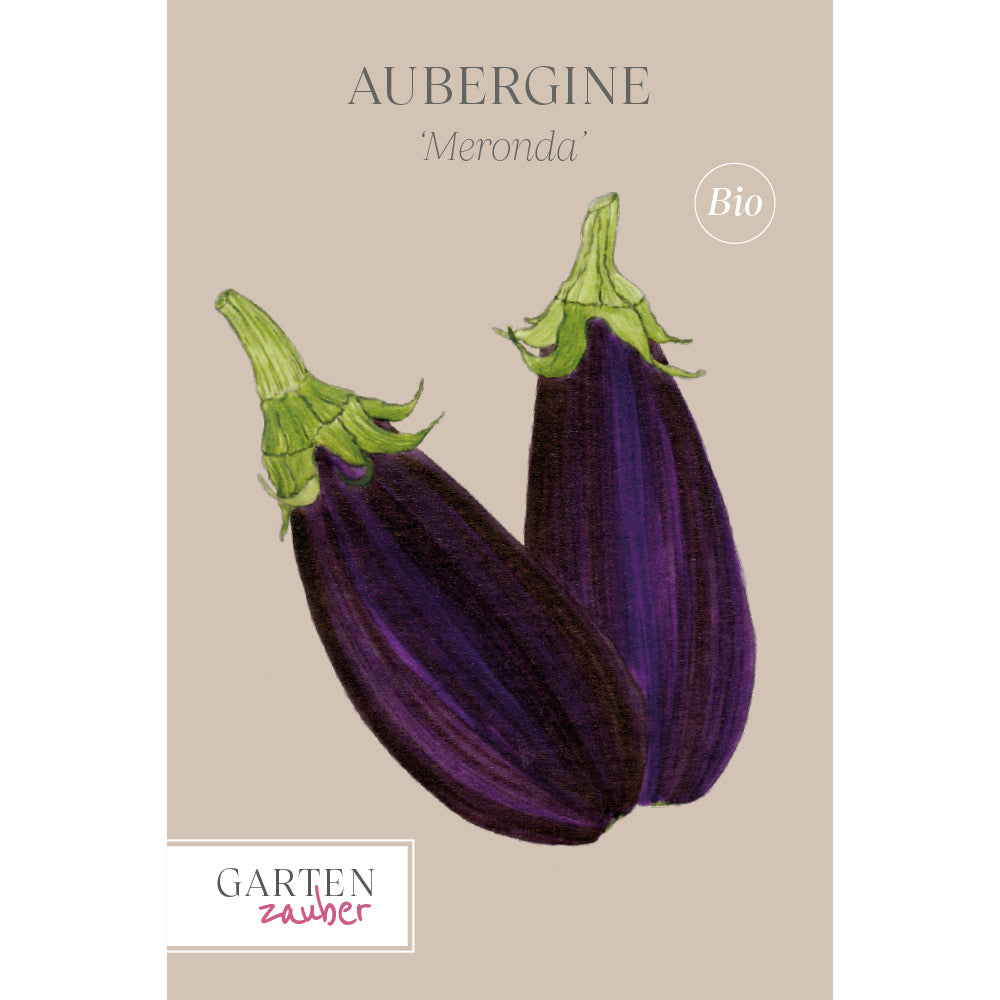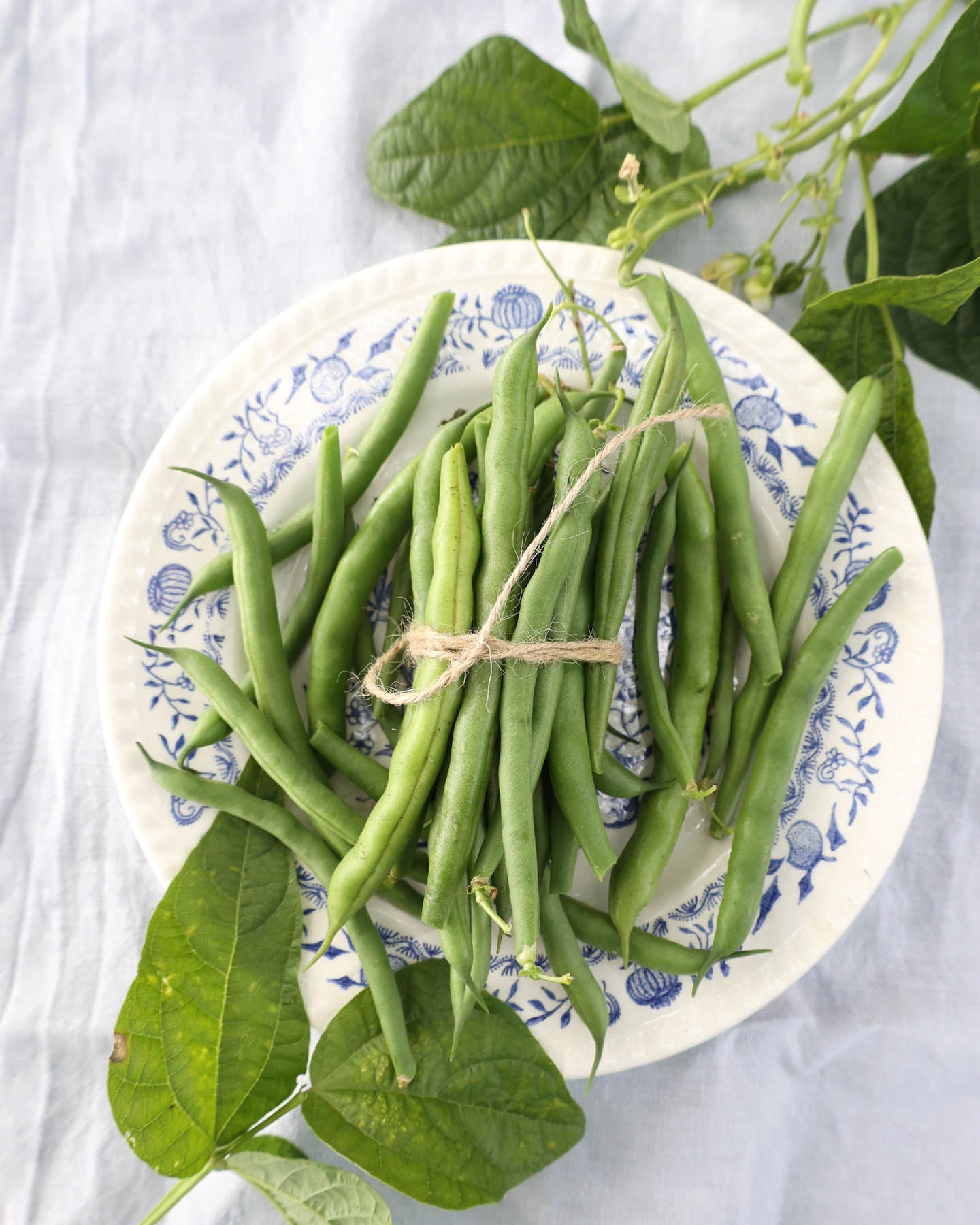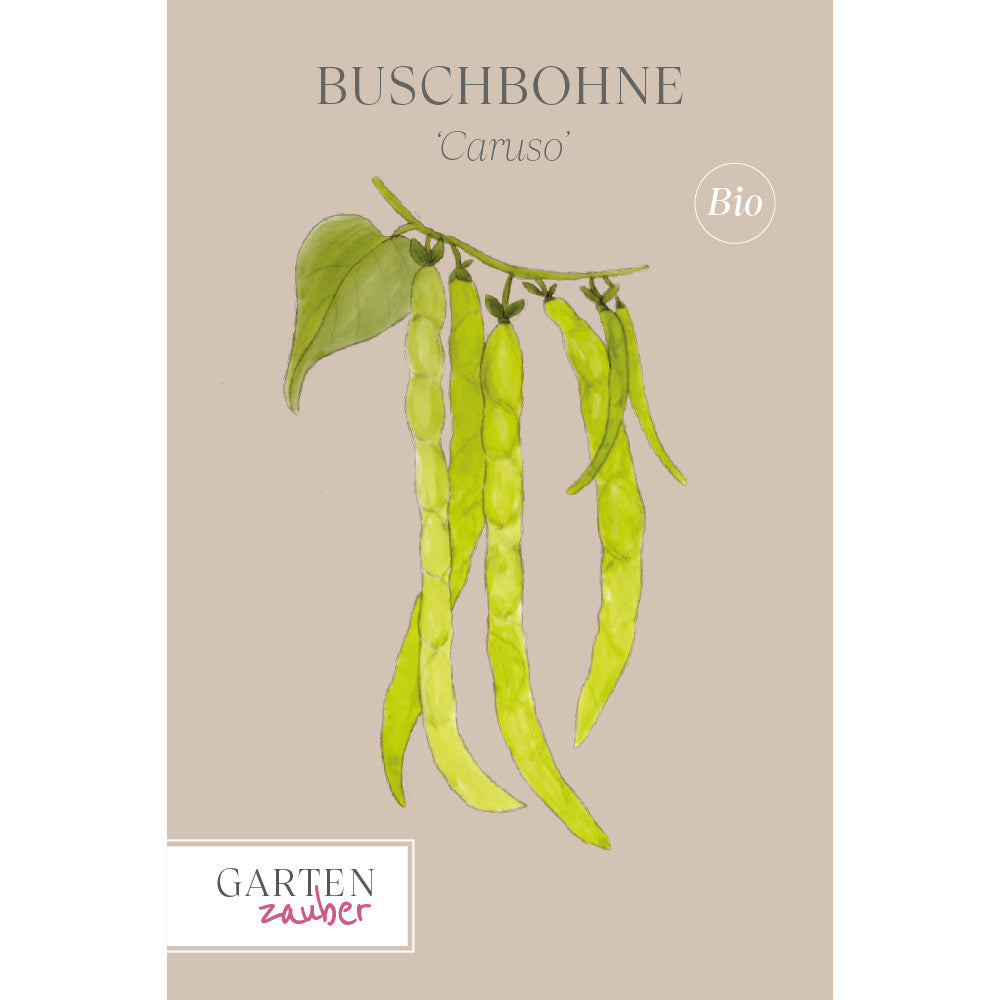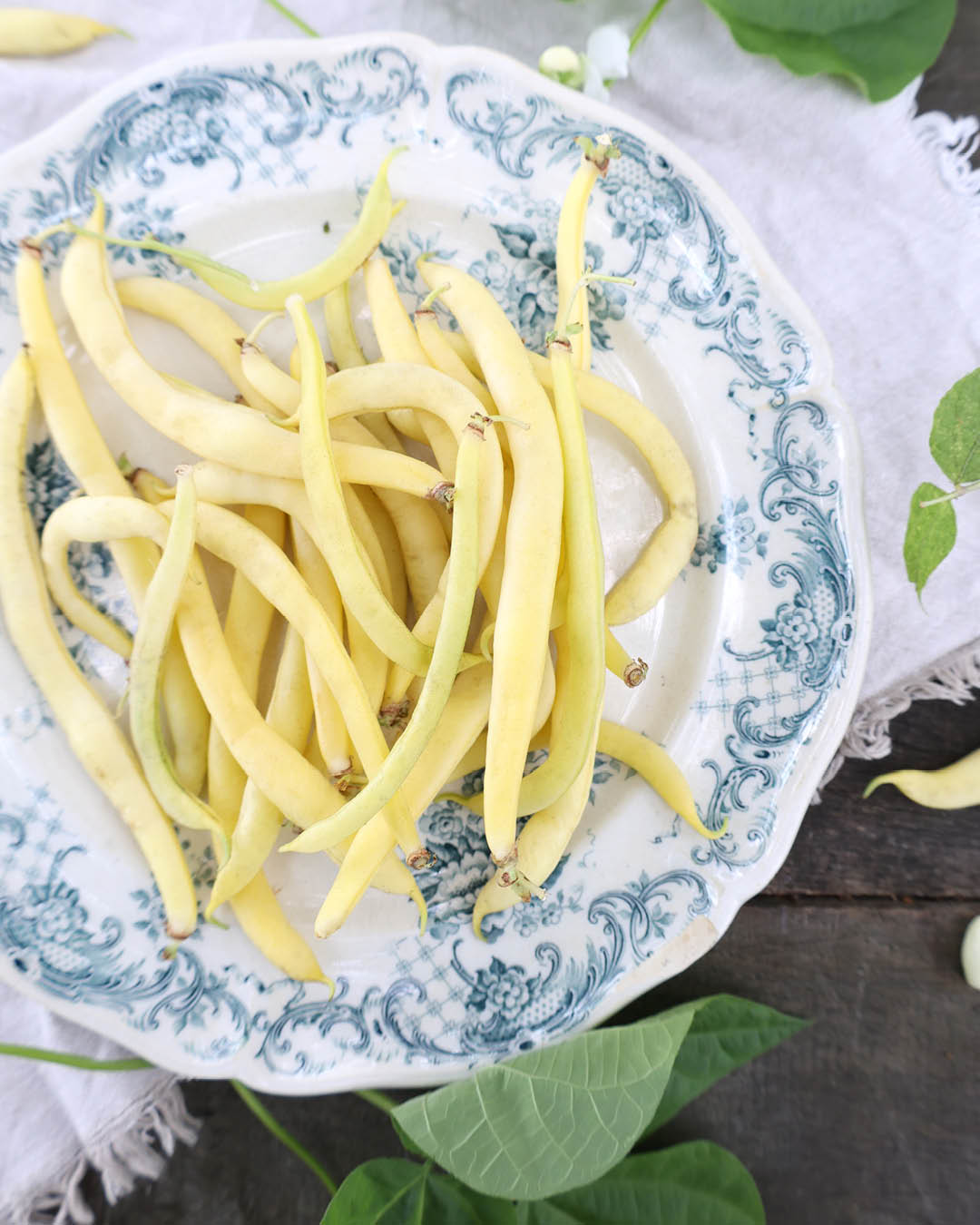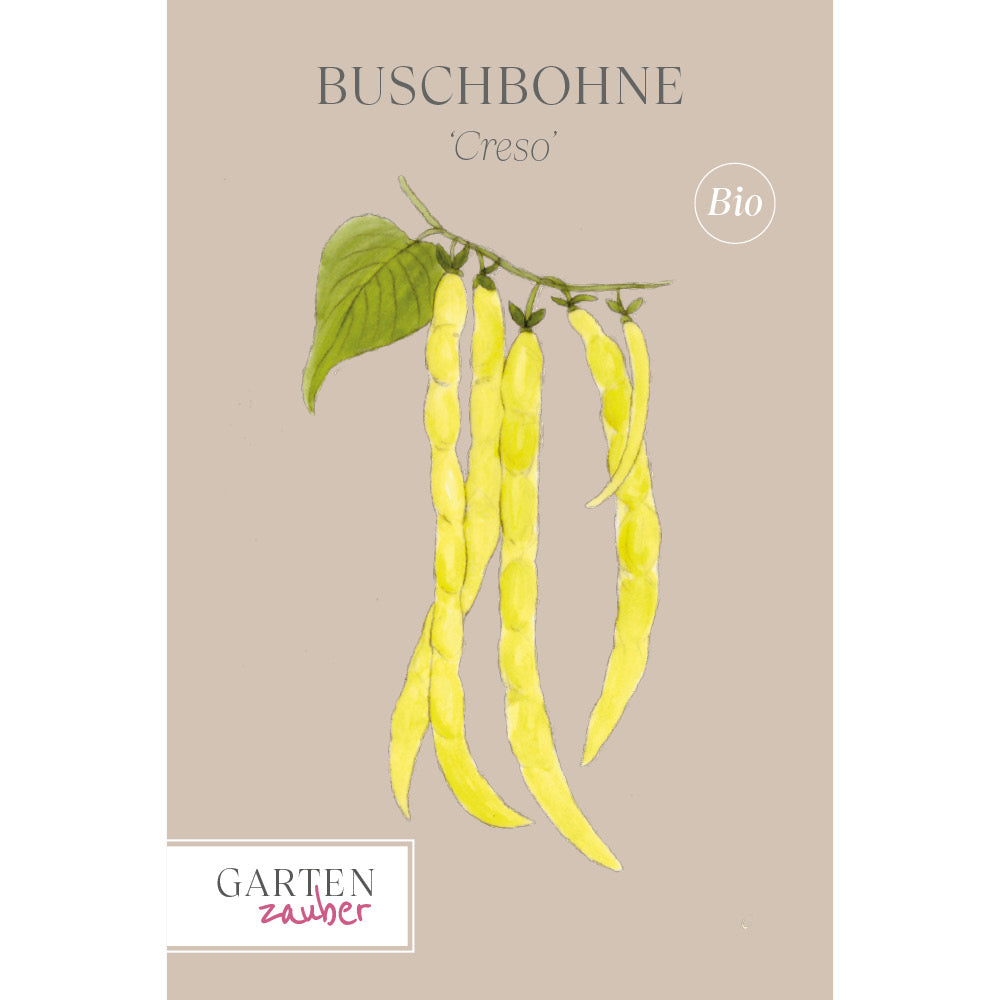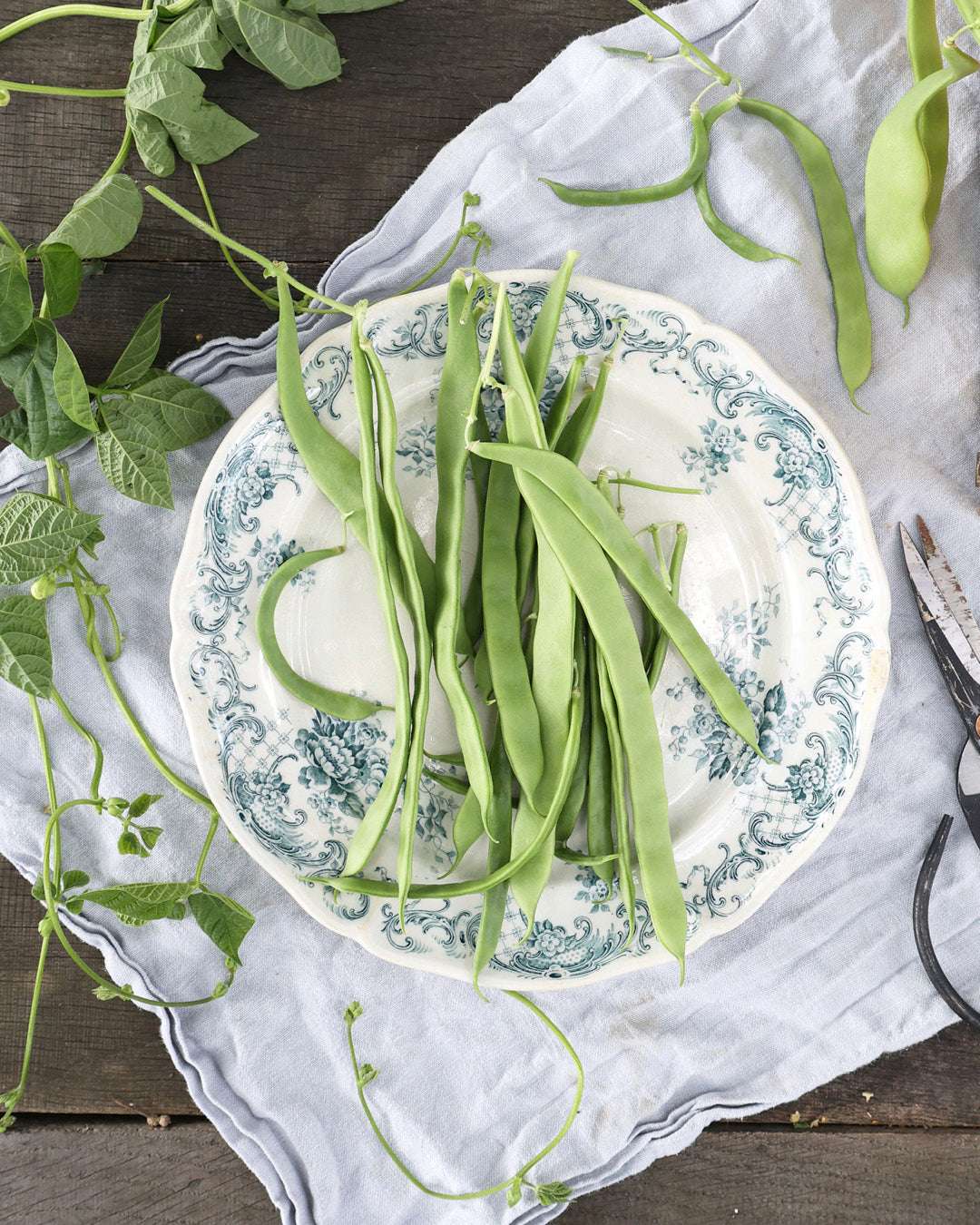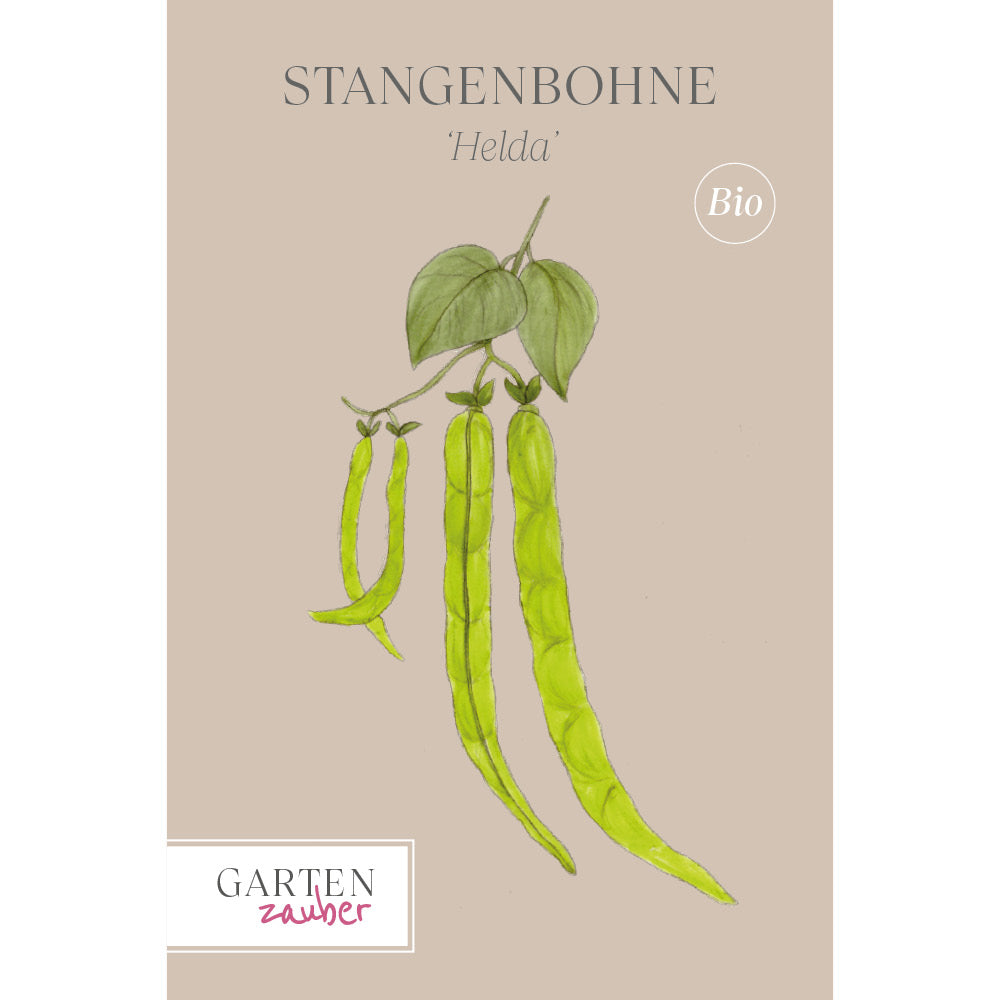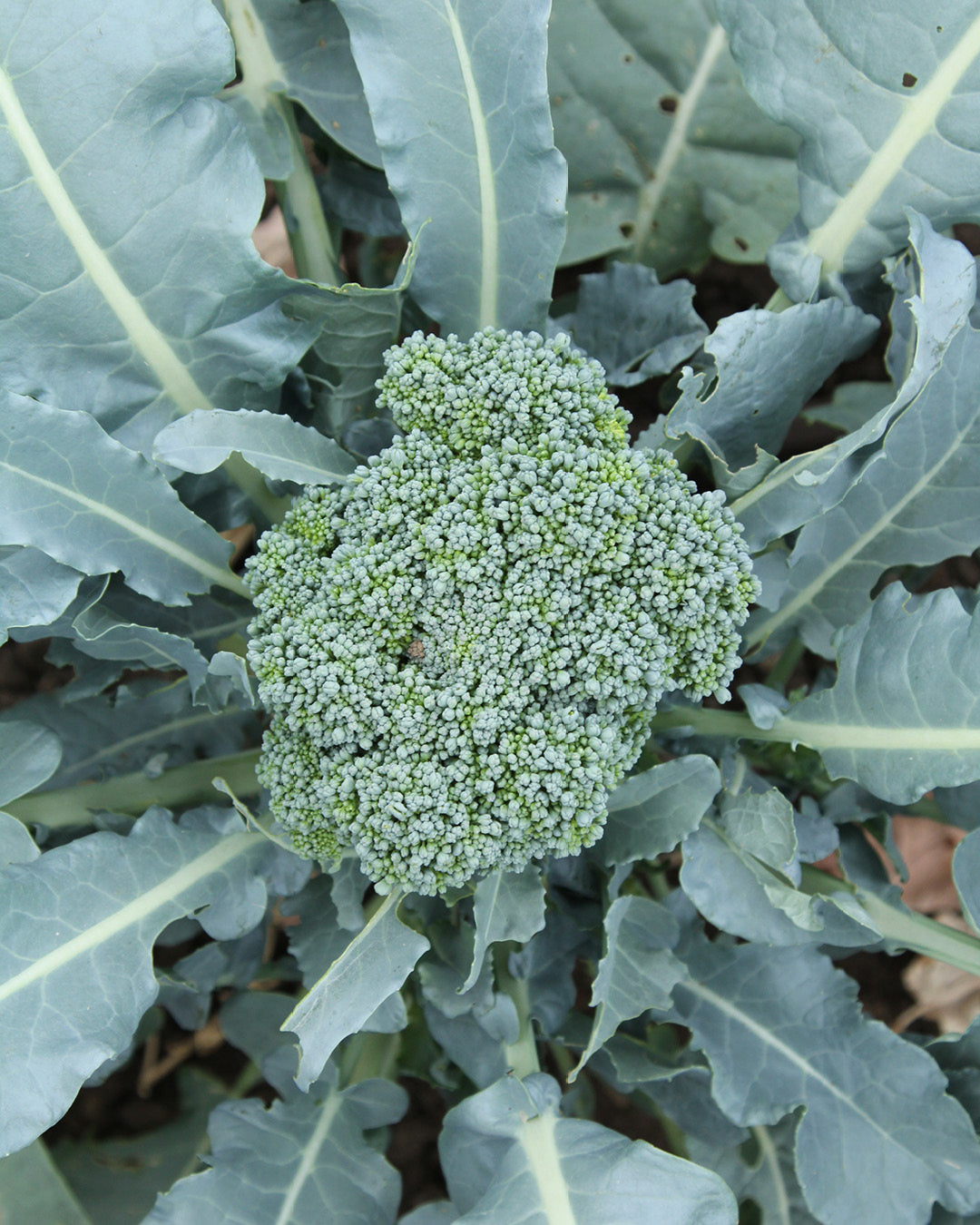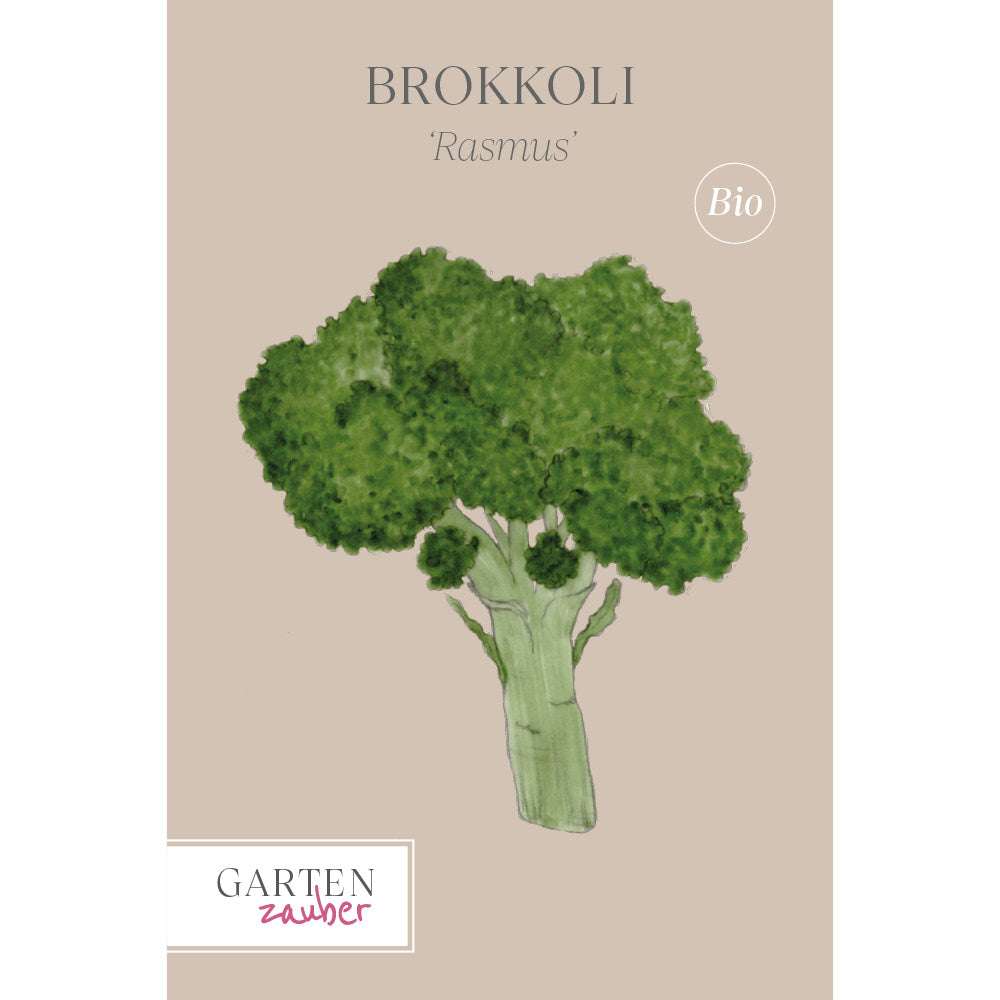The right location for fruit and vegetables
Growing fruit and vegetables from your own garden is a dream for many. To prevent this from bursting like a soap bubble, choosing the right location is crucial. We'll tell you how to make your dream come true!
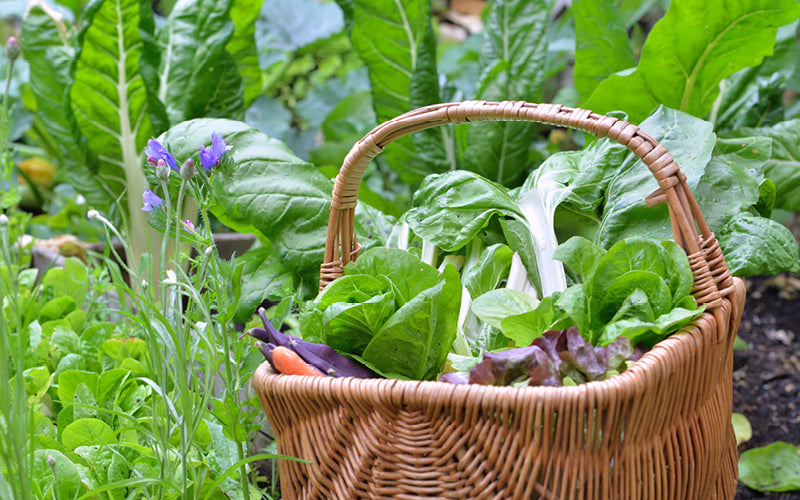
The right place
The microclimate in your garden will suit some crops better than others. So don't rush into anything; take your time to get to know the different areas and find the right crops for them.
Make a plan and mark where the sun shines and where it doesn't, because this will determine what you can grow. Fruits, vegetables, and herbs thrive better in the right location, and yields are higher. Susceptibility to diseases and pests also decreases in the right growing location.
Sunny and hot
South- or west-facing areas receive the most sun. Consider yourself lucky if you have a fence or wall oriented this way. Fruits and fruiting vegetables build up high levels of sugar with the help of plenty of sunlight. However, sugar-rich fruits often require a long growing season. They benefit from additional protection.
Tip
An open, sunny spot is ideal for many crops, such as carrots, radishes, leeks, lettuce, and potatoes. However, they all need sufficient space to grow and must be watered thoroughly and regularly.
Bright but cool
In sunny locations, soil in beds and pots dries out quickly. This affects individual crops differently. Fruit trees, for example, produce larger, sweeter fruits in containers when they receive plenty of sun. However, they drop their fruit buds when the substrate dries out during the critical spring season.
For a good harvest, the tree needs sun, but the roots should receive shade and plenty of water. In contrast, figs and Mediterranean herbs thrive better with warm sun over the roots.
Shady and fresh
North- or east-facing areas receive less sun, but they provide a temperate environment for leafy vegetables such as cabbage, kale, spinach, and summer salads.
A key advantage of shady locations is that you can keep the root zone cool. This ensures continuous growth with a lower risk of premature bolting. Water evaporates from the soil more slowly, so you don't need to water as often.
If the cooler spots seem too moist, you can mix in plenty of organic matter to improve drainage. An alternative is growing in a permeable raised bed.
Tip
Leafy vegetables like chard thrive in partially shaded, north- or east-facing areas. The plants thrive there, whereas too much sun can burn the large, lush foliage.
Rain shadow
At the base of walls and fences, particular attention must be paid to the water supply, especially if they are located away from the prevailing wind direction. Such areas are often in the rain shadow, meaning no precipitation falls on the ground.
Water these areas carefully. This is especially true for fruit, which is sensitive to even a brief drought.
Tip
Fruit espaliers along walls require little space and can sometimes look stunning. Flowering or fruiting trees must not dry out.
Cool, Windy
Many larger, exposed gardens struggle with prolonged cold spells and late frosts. On slopes and in valleys, there's a risk of cold air flowing along or accumulating in the depressions.
Cold air can also build up in front of a wall, fence, or dense evergreen hedge on undulating terrain. In such cases, you should opt for hardy vegetable varieties, and for fruit, choose late-blooming varieties to avoid frost damage. If necessary, wrap plants in fleece.
Cold soil is less severe when it's dry. Adding plenty of organic matter helps plants survive the winter.
Some gardens are exposed to strong winds. This damages foliage and dries out the soil. Mediterranean herbs thrive in these conditions, but spinach and chard shred. Screens or protective plantings mitigate the effects, and thick-walled containers also provide protection.
Tip
If late frosts are forecast, cover sensitive plants with fleece to prevent frost damage. Cover flowering fruit trees as well, but remove the fleece during the day to allow pollinating insects to come and visit.
← vorheriger Post: Make your own compost – this is how waste becomes valuable humus
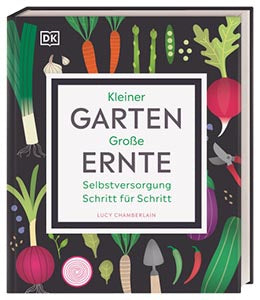
The content of this article is from the book:
Lucy Chamberlain
Small garden – big harvest
Self-sufficiency step by step
ISBN 978-3-8310-4156-5
Price 19.95 €
DK Publishing
From garden planning to gardening to harvesting – with tried-and-tested tips, step-by-step instructions, and over 1,000 color photos, this gardening guide shows you how to successfully grow fruit and vegetables even in small spaces.

